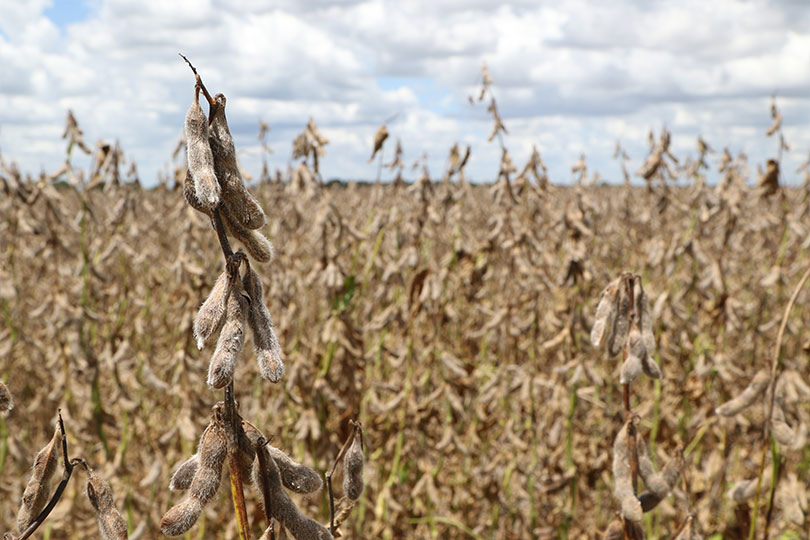By Jennifer Whitlock
Field Editor
Soybean oil is the most widely consumed edible oil in the U.S., found in foods from salad dressing to baked goods and fried snacks to frozen food.
The oil has long been used by cooks and food manufacturers for its neutral flavor profile. About a decade ago, researchers found ways to increase the oleic content, or monounsaturated fat, of many vegetable oils, including soybean oil.
Many consumers have embraced the health benefits of high-oleic soybean oil, which contains three times the amount of monounsaturated fatty acids as conventional vegetable oils. But others choose to avoid biotech products, leaving high-oleic soybean oil off their menus.
That can change with the introduction of SOYLEIC™, a non-GM high-oleic soybean variety licensed by Missouri Soybean through an innovative trait-licensing program.
Farmers often seek out crop varieties with traits like drought or pest resistance, but MoSoy Director of Licensing Bryan Stobaugh told the High Plains Journal SOYLEIC is different because it’s a tangible difference in the bean.
“This is something that can be seen, and it’s something we can use in our kitchens. Something we can feed our livestock, we can feed our poultry,” he said. “The meal is still valuable because it is a sustainably produced product with competitive protein content.”
High-oleic vegetable oils are a good alternative to hydrogenated oils because they have a lower saturated fat content and no trans fats.
The search for alternatives to hydrogenated and partially hydrogenated edible oils (PHOs) began after researchers found the hydrogenation process created trans fatty acids.
In addition to its improved fat profile, high-oleic soybean oil has an extended fry life and increased capability to keep food shelf stable while preserving the original neutral flavor of soybean oil, according to the American Soybean Association.
High-oleic soybean oil can also be used in synthetic motor oils and automotive lubricants due to its increased ability to withstand high temperatures.
SOYLEIC has been grown in the Midwest since 2017, but Stobaugh said he hopes the organization’s work leads to more widespread production.
“This is a true meaning of what the checkoff’s major goal is, and that is to put quality high yielding products that give the farmer the opportunity to increase revenue through a potential premium,” Stobaugh said. “And that’s what this high oleic trait does.”
More information on SOYLEIC can be found here. Background on the variety’s development process is available through the Soybean Research and Information Network.

